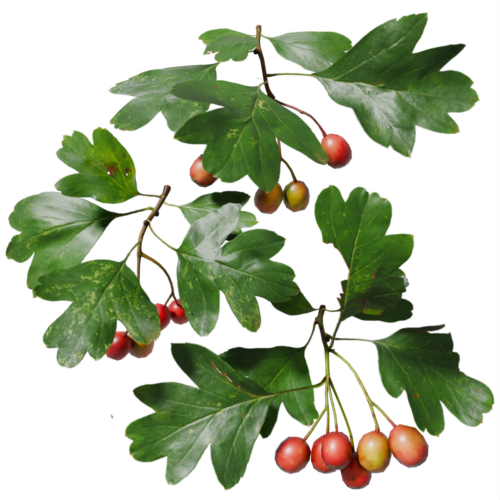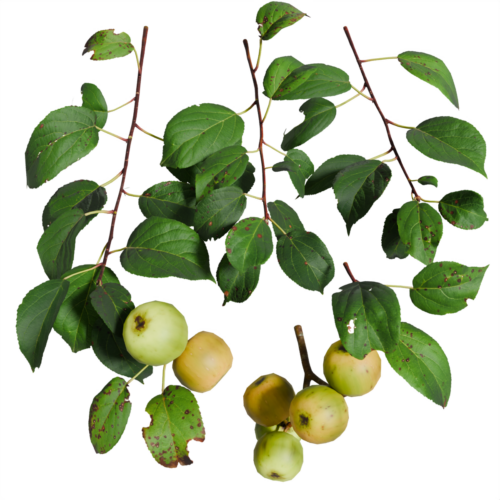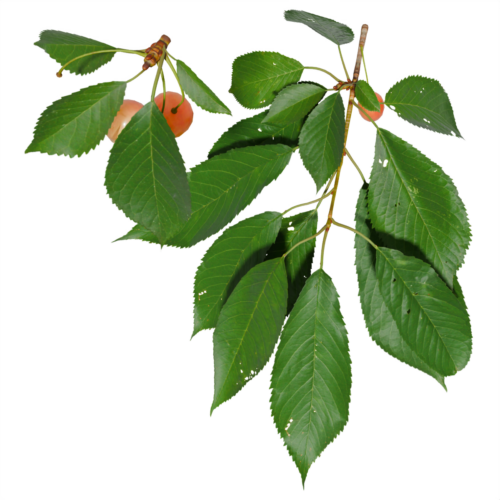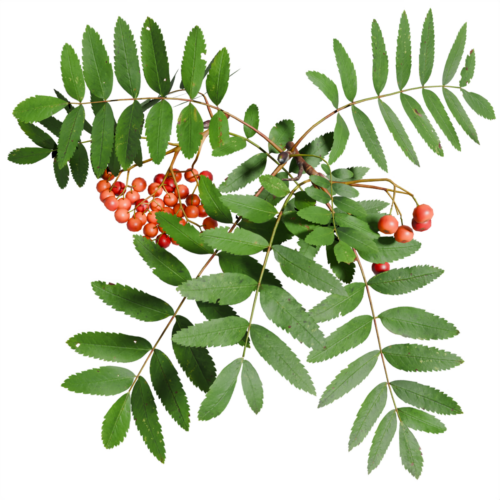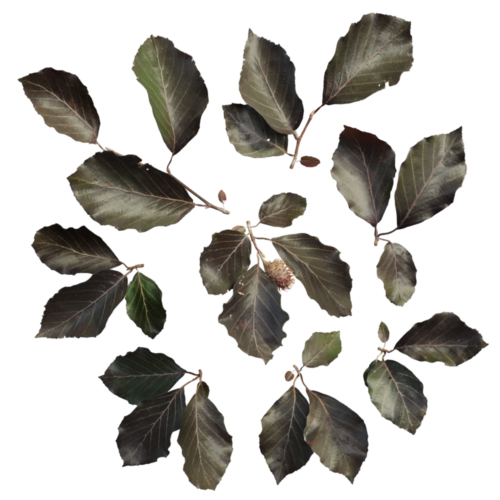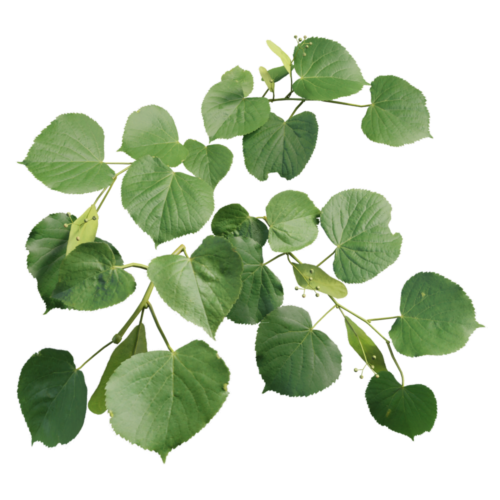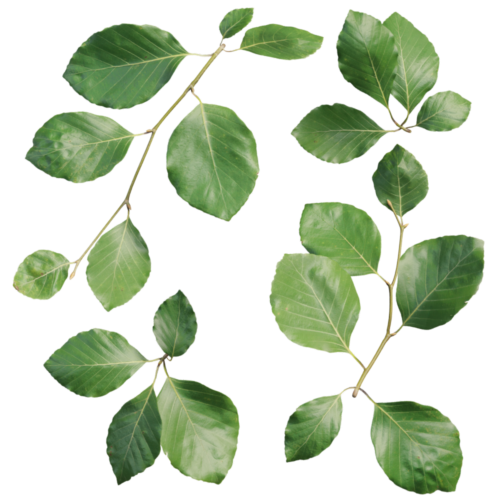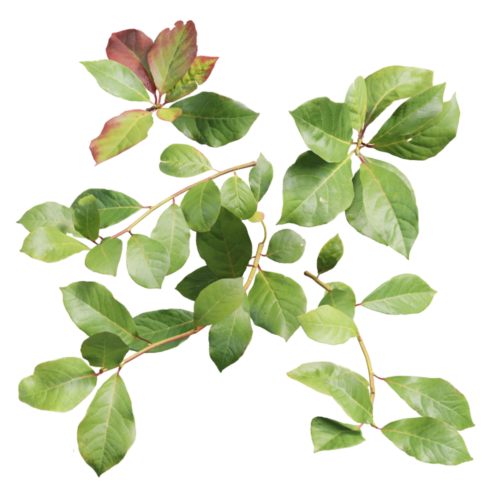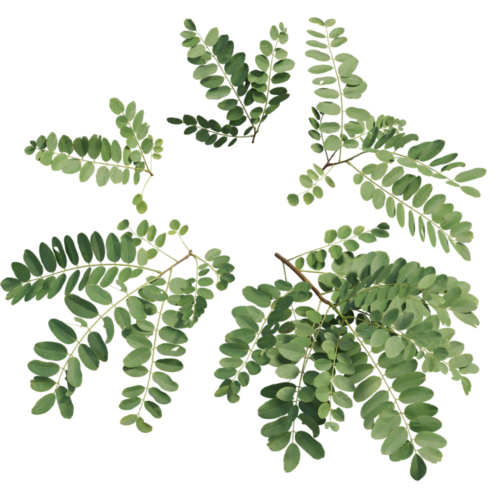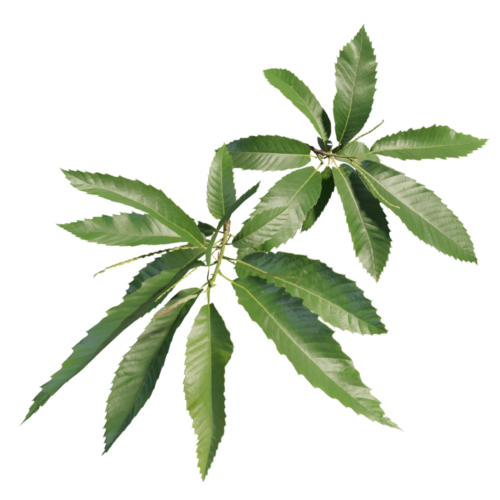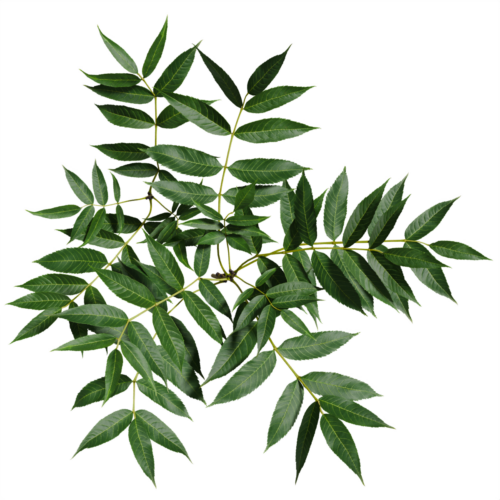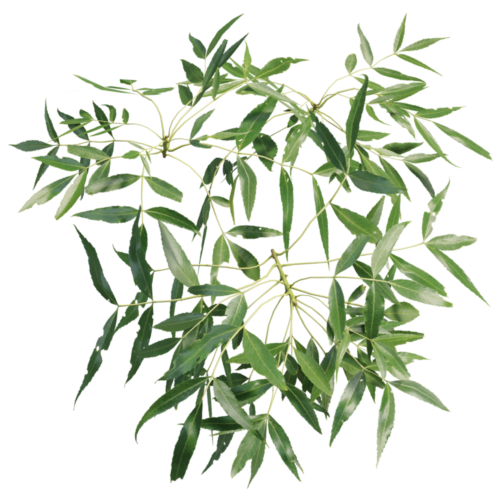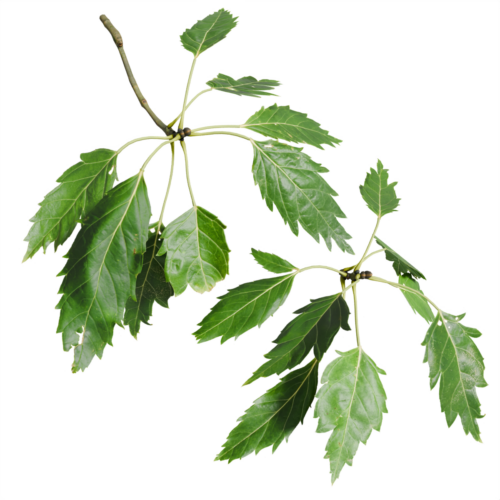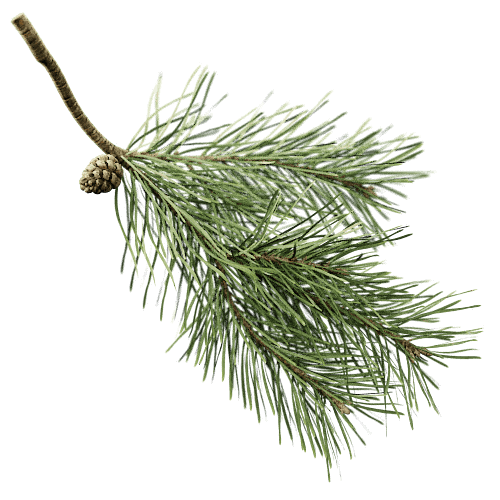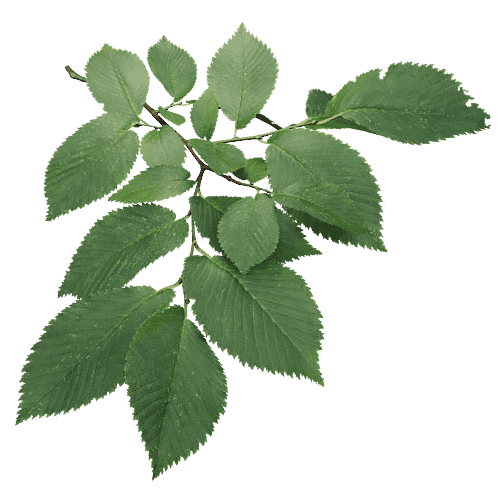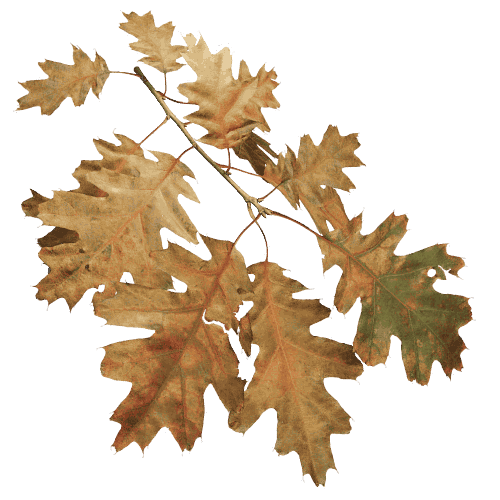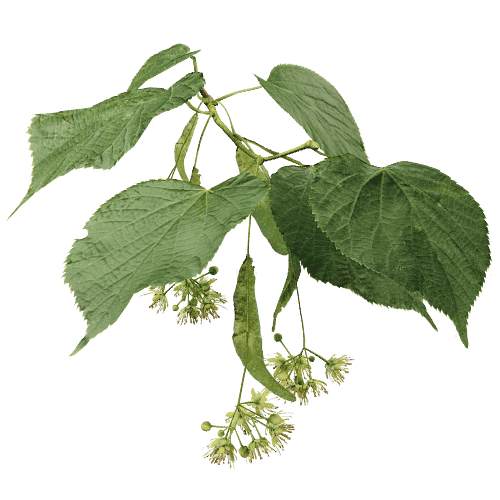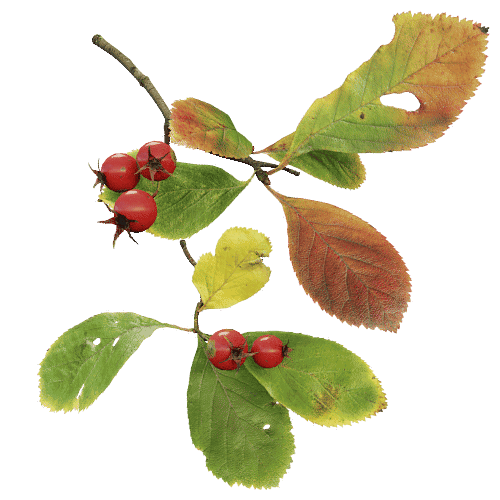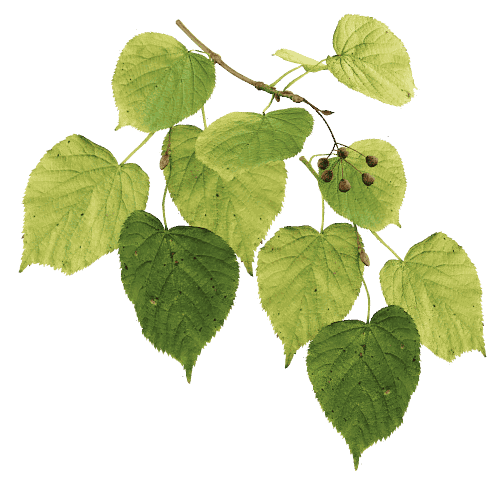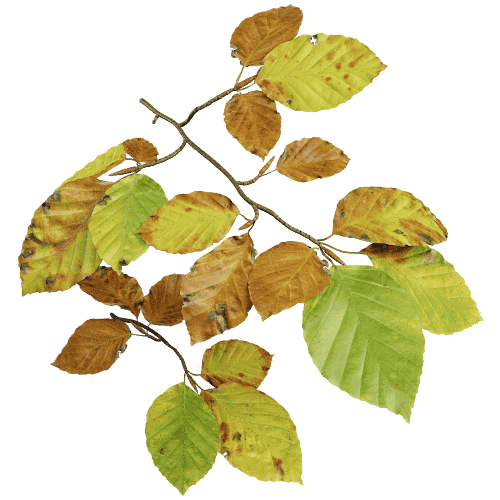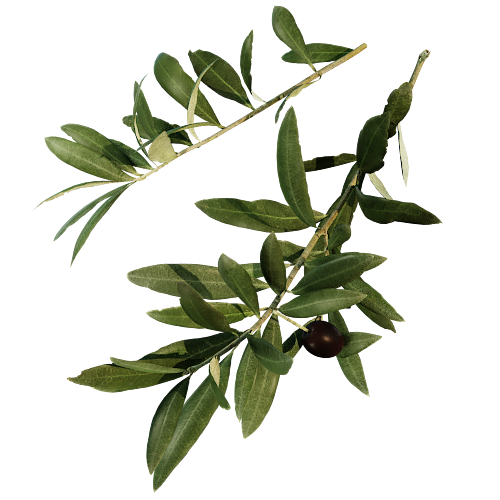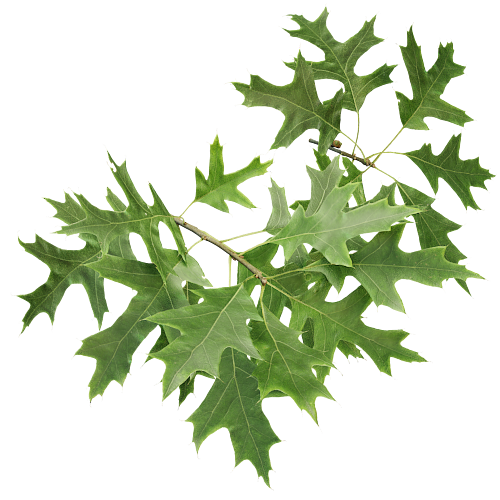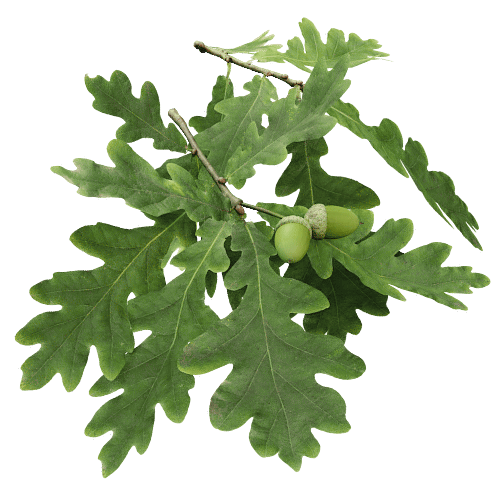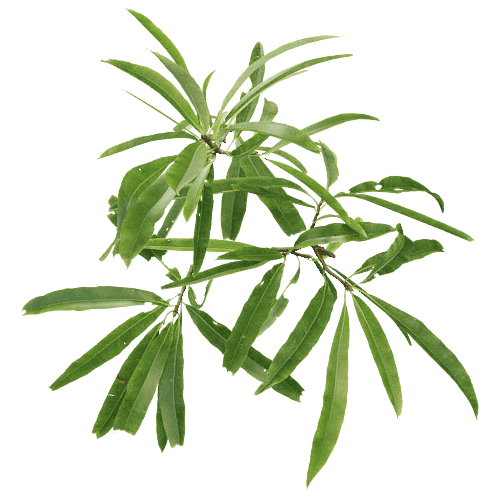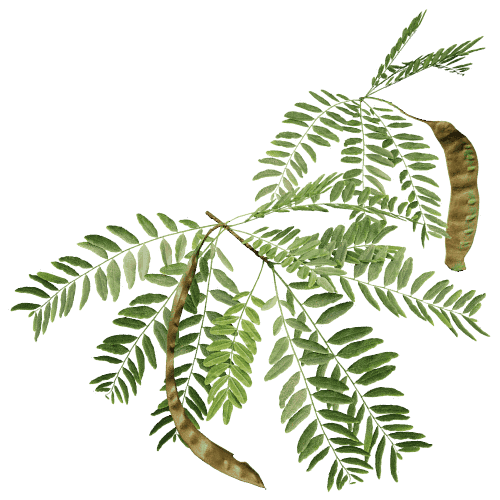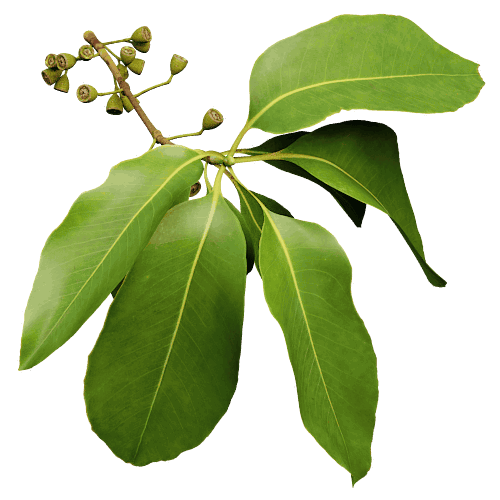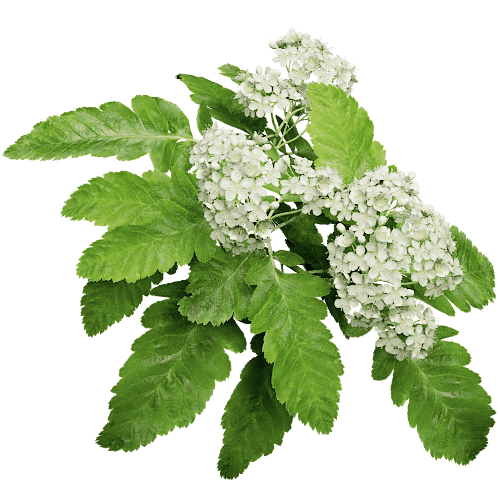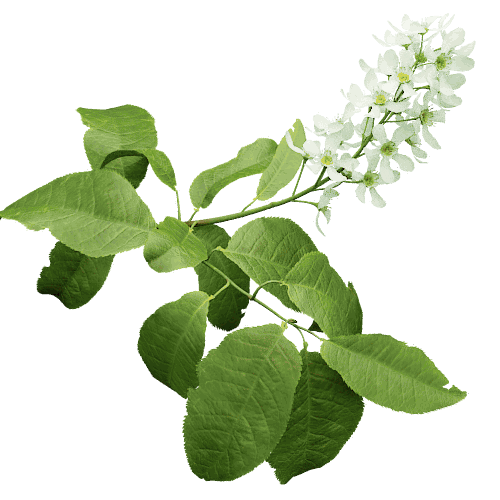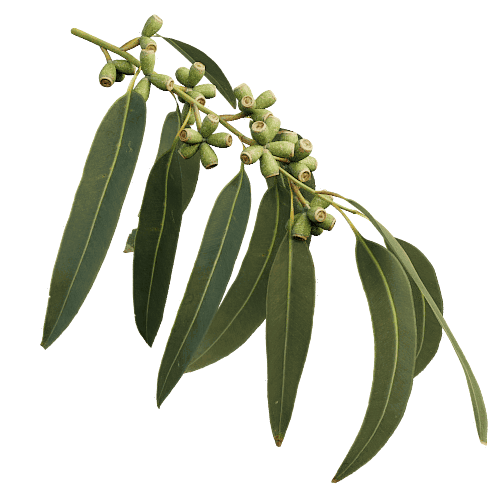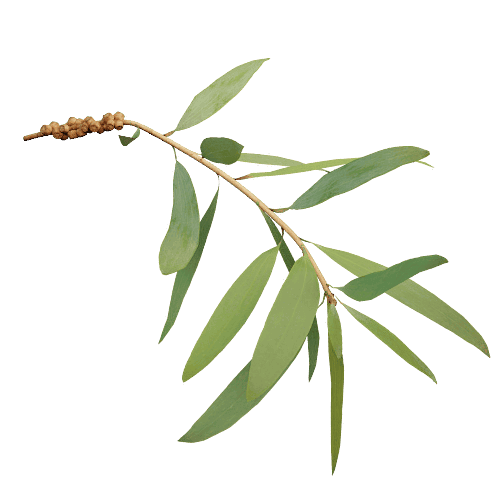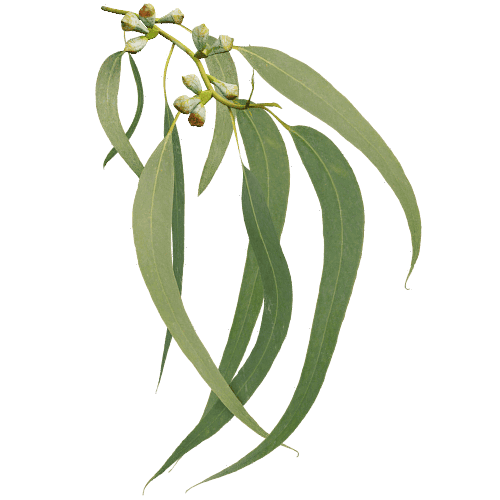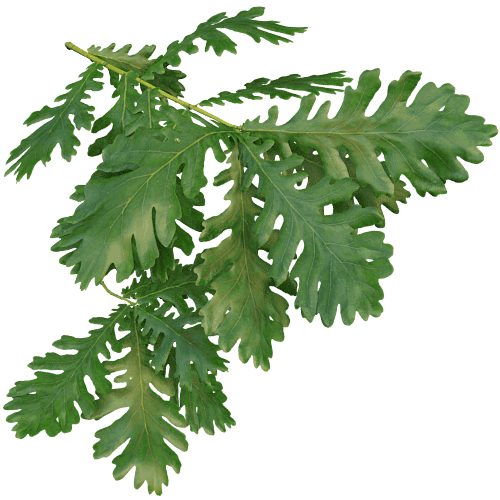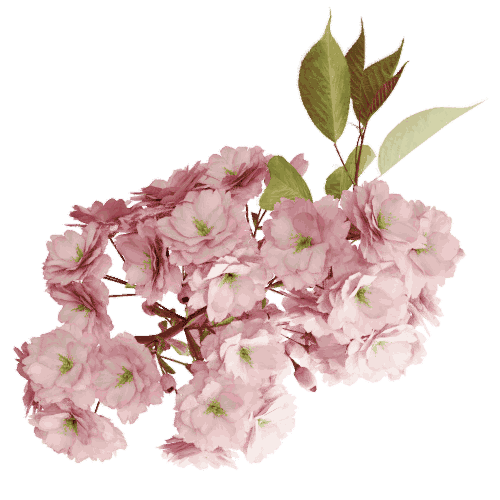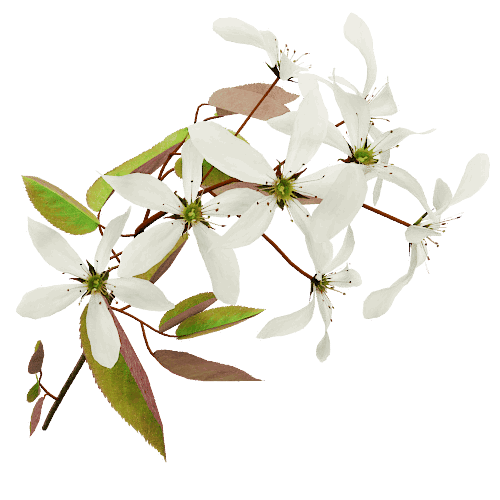Twigs attach fluently to the trees you grow, effortlessly adding incredible detail and realism. The Grove Core comes with a selection of popular twigs, but there are many more to choose from.
Bundle up for a 30% discount!
Create a bundle that represents the trees of your region and climate. Add 10 or more twigs and pay just € 6.79 each!1
1. Just a heads up - local sales taxes may apply.
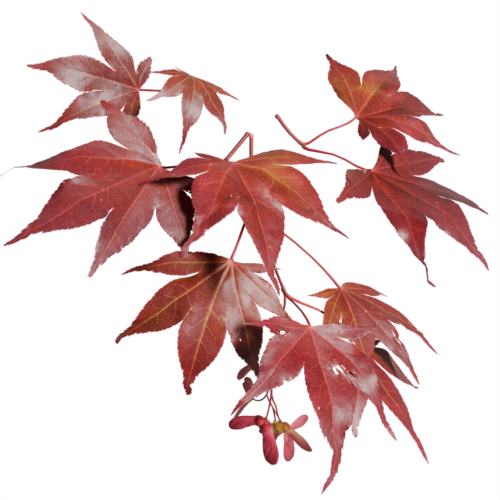
Acer palmatum ‘Atropurpureum’ – a cultivated variety of the Japanese maple tree, with deeply colored purple-red leaves. This slow grower is a wildly popular garden tree.
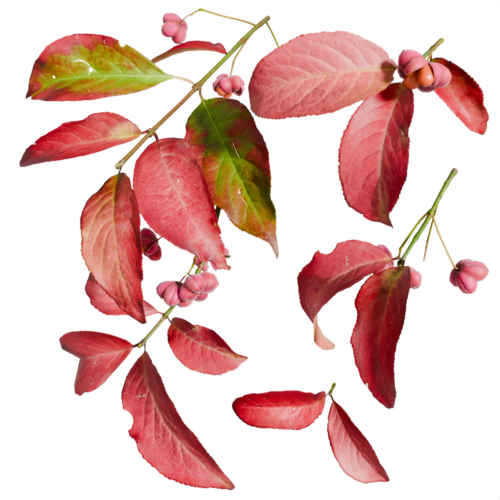
Euonymus europaeus – Spindles are small trees, but they pack a punch with fiery fall colors and the pink-colored fruit looks absolutely out of this world.
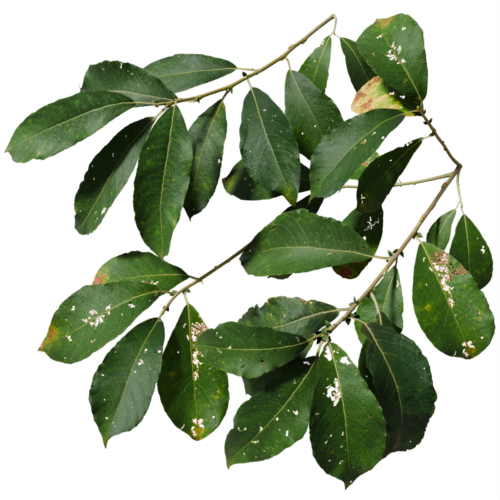
Salix caprea – goat willow is a rather inconspicuous tree, with no flashy flowers, fruit or autumn colors. It’s a modest tree that dots the landscape with touches of green.
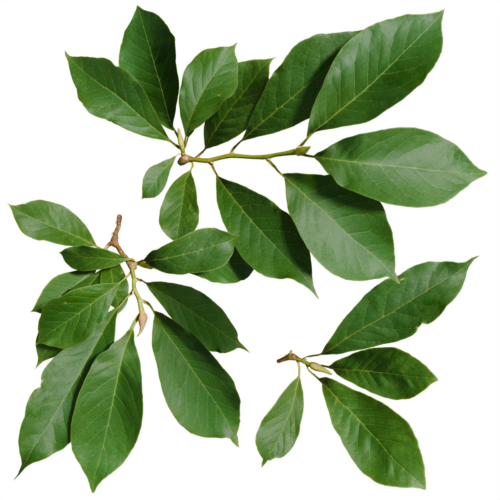
Magnolia X soulangeana – the bold display of flowers and lasts only a couple of weeks, followed by an equally impressive foliage which is almost tropical in appearance.
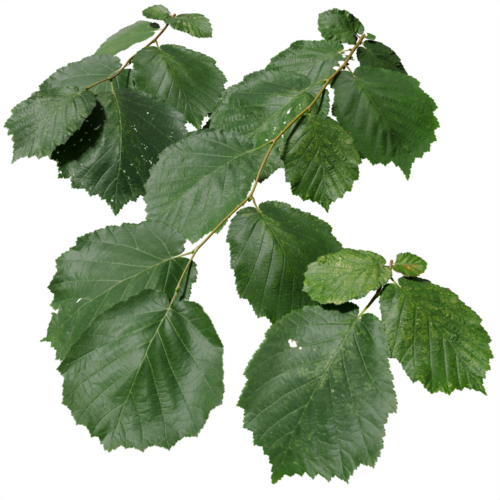
Corylus avellana – a small tree from the birch family that grows the tasty hazelnuts. Hazels are often coppiced, to develop a small, dense tree with multiple trunks.
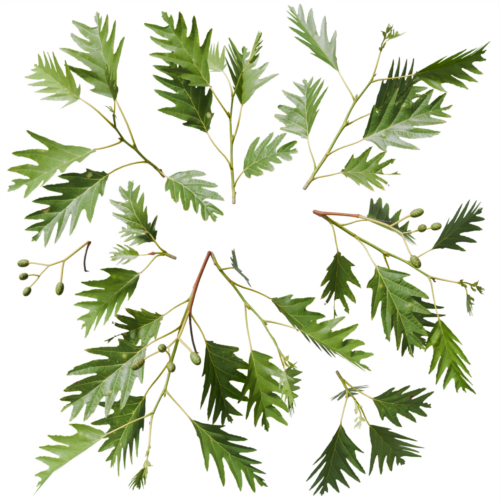
Alnus glutinosa ‘Laciniata’ – a natural variation of the black alder tree with deeply cut leaves. The fine feathery foliage is light and airy, making it a subtle tree ideal for city streets.
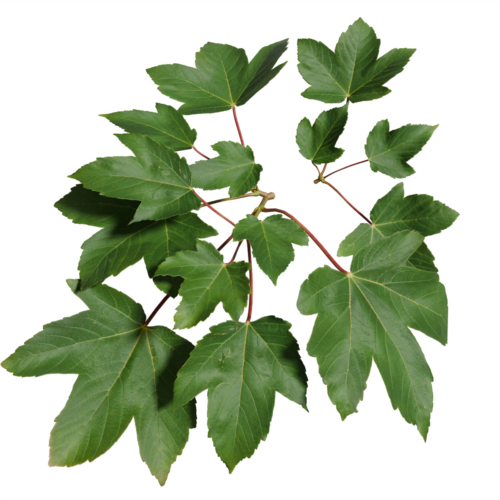
Acer pseudoplatanus – dark green leaves are contrasted by long red leaf stalks, it’s a healthy looking tree that grows an impressive wide crown of foliage.
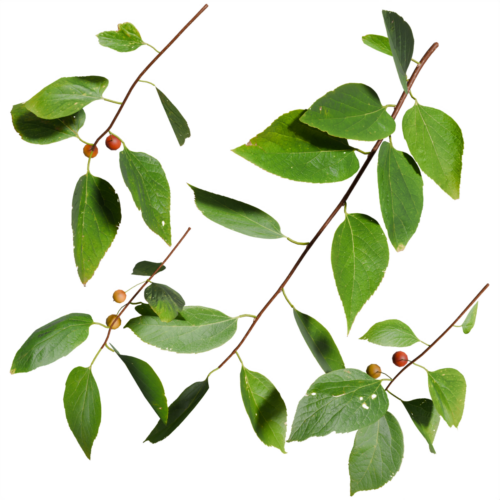
Celtis occidentalis – along with each leaf also grows a berry that turns from green to orange to a dark purple-brown color when ripe. This small fruit has a surprising taste.
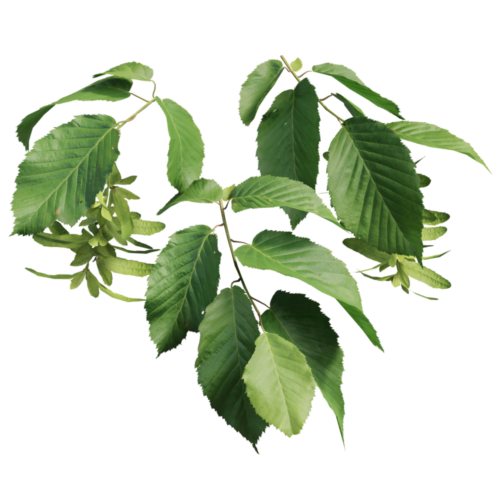
Carpinus betulus – hornbeam stands out with its abundance of winged fruit. The bright green color contrasts with the darker green of the sharply detailed leaves.
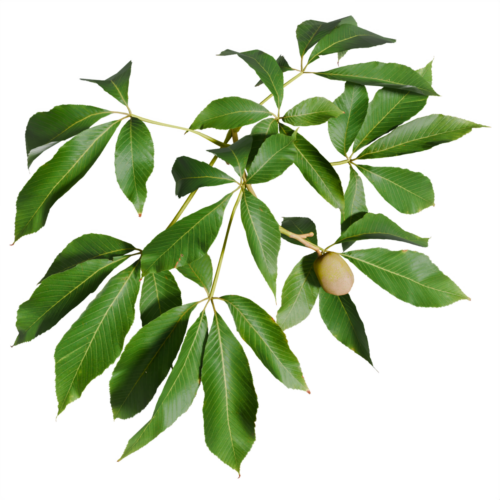
Aesculus flava – a North American relative to the horse chestnut, with large palmately compound leaves. A bold tree with bold leaves and bold fruit.
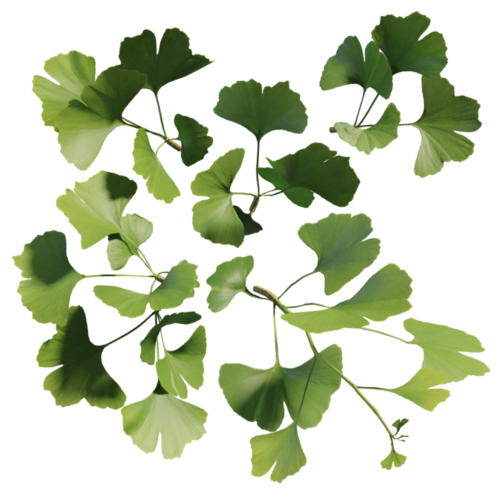
Ginkgo biloba – a living fossil and the only remaining species in a ancient family of trees dating back hundreds of millions of years.
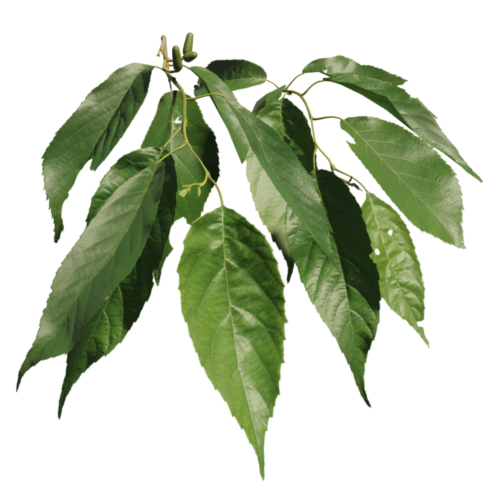
Alnus X spaethii ‘Spaeth’ – a strong and fast growing tree. Its main feature are the long, dark green leaves that have a nice shine to them. Even better, these leaves stay green for a long time in fall.
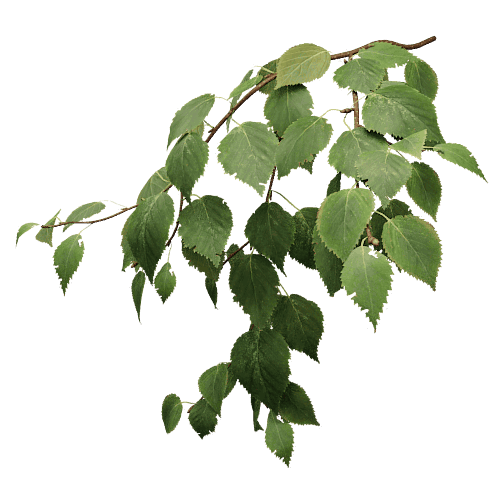
Betula papyrifera – Paper birches have an attractive white bark, with flaky white sheets resembling sheets of paper. Its fall color is an intense yellow.
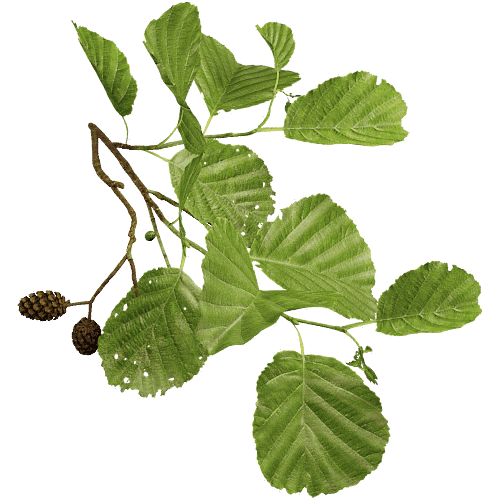
Alnus glutinosa – Alder trees are often found on waterfronts. Its woody, pine cone like catkins adorn the tree all year round. When growing at the right place, an Alder can grow into a beautiful conical shape.
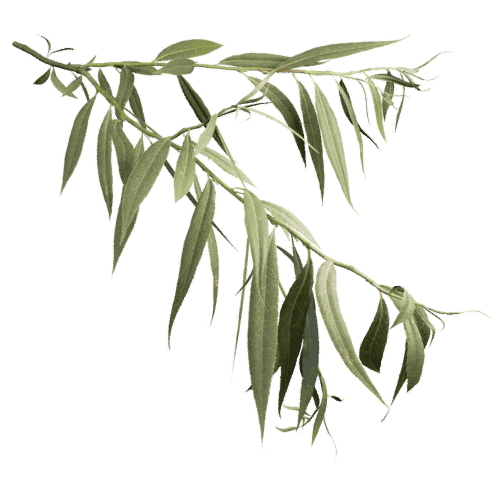
Salix alba – Willows love water and when they get it, they literally shoot out. Twigs easily grow more than 20 leaves long. Its leaves are covered with tiny hairs, shading the tree a whitish, pale green color.
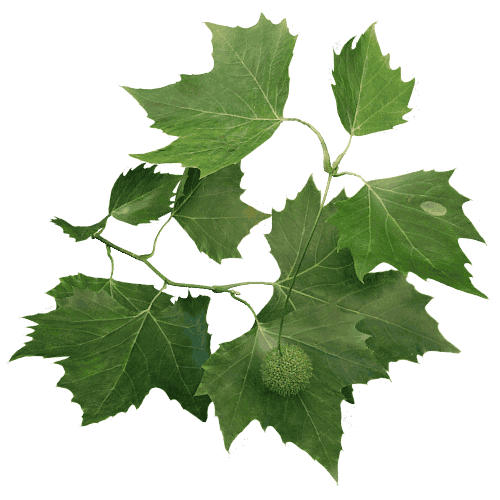
Platanus ✕ acerifolia – Londen plane trees line city streets all around the world. Its striking camouflage bark and deep green foliage make this tree stand out.
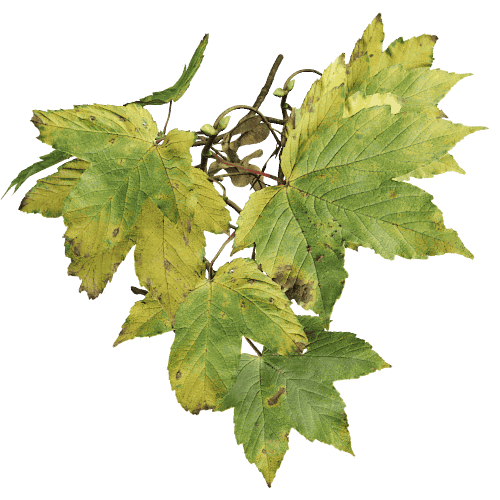
Acer pseudoplatanus – Maple trees are very diverse in color, bark and leaf shape. This one is called pseudoplatanus for its leaves that resemble those of the plane tree.
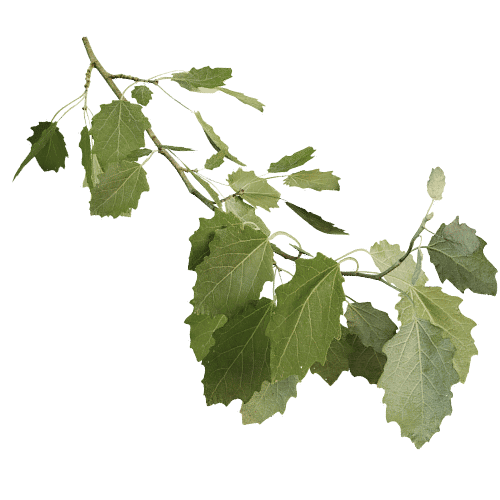
Populus ✕ canescens – A cross of white poplar and quaking aspen. Its oddly shaped leaf stalks make its leaves clapper in the wind, producing an ambient sound like the lapping of waves on the beach. This is a big king of a tree with its thick, brightly colored main branches.
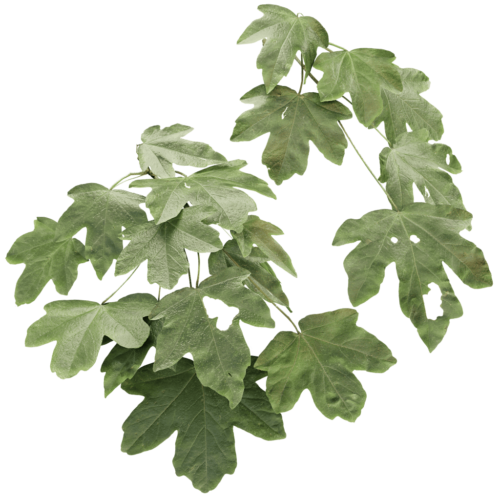
Acer campestre – Field maples grow a sea of small and shiny leaves. Because of their dense growth, they are often used to create hedges. A full grown tree can have a beautifully dense character.
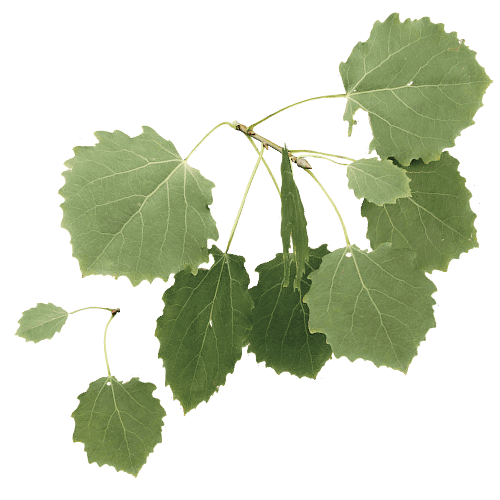
Populus tremula – The leaf stalks of aspen are strangely flat, allowing them to twist freely in the wind. The clappering of its many leaves produces a sound very much like the sea.
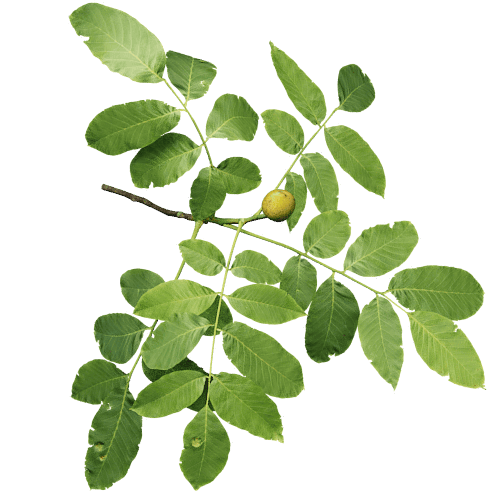
Juglans regia – Walnut trees originated in the Kyrgystan region, where you can still find large walnut forests. The tree has since spread across Europe where it is loved for its delicious nuts.
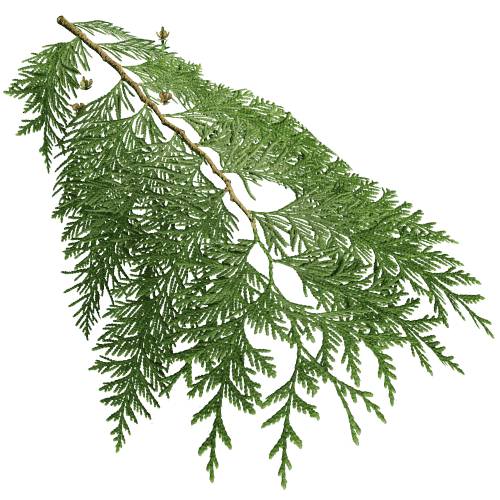
Thuja plicata – Western redcedar trees are quick to grow into massive green columns. It’s a popular tree for landscaping.
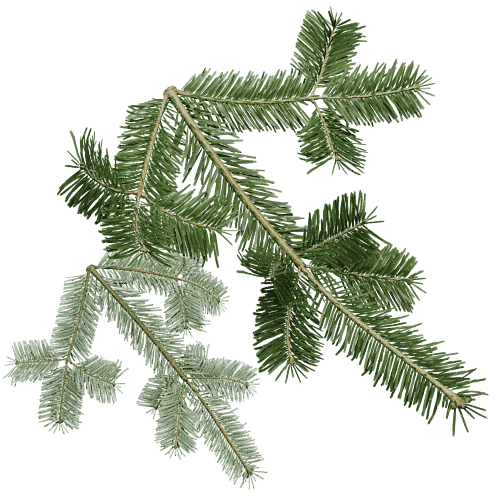
Abies amabilis – The silver fir originates from the Pacific Northwest. Fir trees are the furry part of the spruce family. Instead of spiky tips, the leaves (needles) are rounded and soft to the touch.
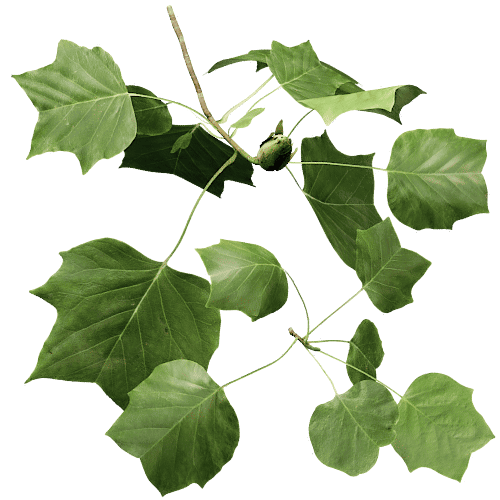
Liriodendron tulipifera – despite its tropical appearance, this close relative of the magnolia endures harsh winters and prefers the climate of the American Northeast.
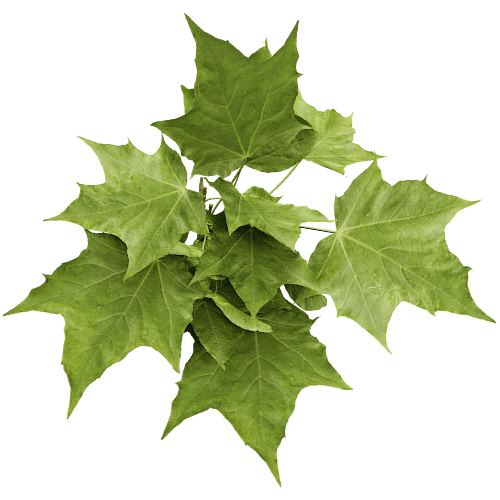
Acer cappadocicum – Maple trees are very diverse in color, bark and leaf shape. This vatiety has thick leaves, the top side being leathery glossy. Maples carry the brilliantly engineered helicopters which carry their seeds across long distances.
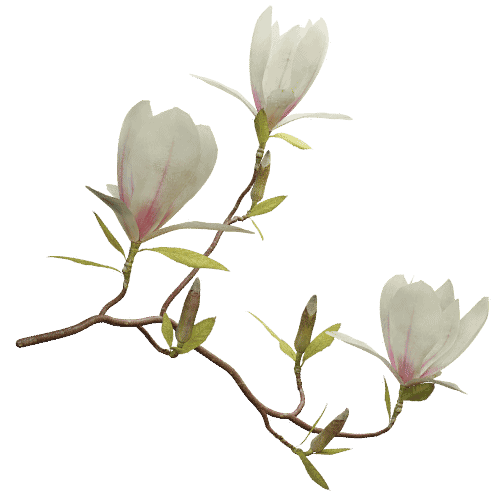
Magnolia ✕ soulangeana – Magnolias are an odd bunch. They thrive in a Northern temperate climate, yet they appear tropical. Their big bold flowers open up in early spring when it’s still quite cold. Come summer, all flowers will be gone, but even then magnolias are a beautifully dense green.
Enjoy the quality and convenience of the variety of twigs on offer. With over 60 twigs available, the Grove is hard at work creating a diverse library of trees - from all around the world. Each season brings new opportunities to capture beautiful twigs.
